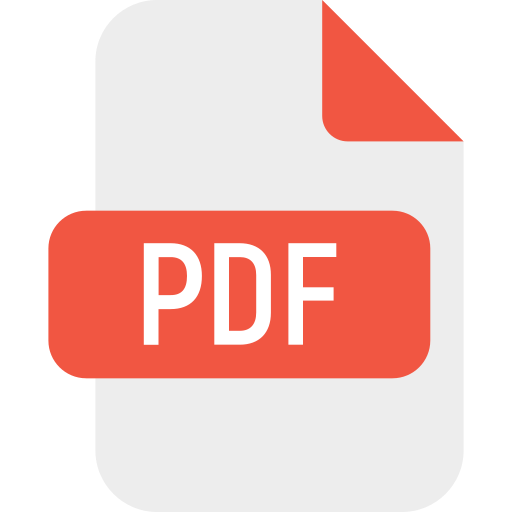Managing a large number of assets within an organization can be a complex task. Manual tracking methods are not only time-consuming but also prone to errors. Asset tagging offers a reliable and efficient solution to streamline asset management, providing numerous benefits for businesses in Abu Dhabi.
What is Asset Tagging?
Asset tagging involves attaching unique identifiers to physical assets within your organization. These tags allow for effortless tracking of the asset’s location, history, and condition throughout its lifecycle.
Benefits of Asset Tagging:
- Enhanced Visibility and Control: Gain real-time insights into your asset inventory, including their location, status, and usage patterns. This empowers you to make informed decisions about asset utilization, maintenance, and deployment.
- Improved Efficiency: Streamline asset management processes by automating asset tracking and eliminating the need for manual checks. This saves valuable time and resources, allowing your team to focus on more strategic tasks.
- Reduced Operational Costs: Minimize the risk of asset loss, theft, or misuse by implementing a robust tracking system. This translates to reduced replacement and maintenance costs in the long run.
- Informed Decision-Making: Gain valuable data about your asset utilization patterns, allowing you to optimize resource allocation and make data-driven decisions regarding asset acquisition, maintenance schedules, and disposal strategies.
- Simplified Record-Keeping: Maintain accurate and up-to-date asset records with ease. Asset tags provide a clear and organized system for documenting asset information, simplifying inventory management and audit processes.
How Asset Tagging Works:
The asset tagging process typically involves the following steps:
- Asset Identification and Categorization: Define the type of asset and categorize it based on its characteristics and functionality.
- Unique Identification Number Assignment: Assign a unique identifier to each asset for easy tracking and recognition within the system.
- Tag Selection: Choose the appropriate tag type based on the specific needs of the asset and the tracking system. Options include barcode labels, durable metal tags, or advanced RFID (Radio Frequency Identification) tags.
- Tag Application and System Update: Attach the chosen tag to the asset and update the tracking system with relevant information such as the unique identifier, asset details, and initial location.
By implementing a comprehensive asset tagging system, organizations in UAE can unlock a range of benefits and achieve greater efficiency, transparency, and control over their physical assets.

